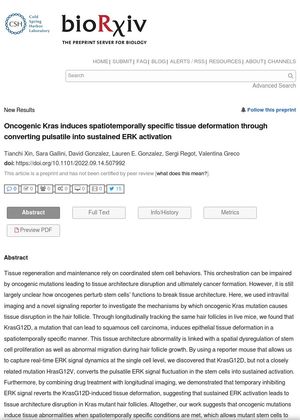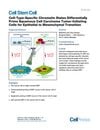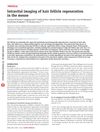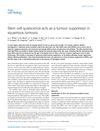Oncogenic Kras Induces Spatiotemporally Specific Tissue Deformation Through Converting Pulsatile Into Sustained ERK Activation
September 2022
in “
bioRxiv (Cold Spring Harbor Laboratory)
”

TLDR The Kras mutation changes normal cell signals, leading to disrupted tissue structure and potential cancer.
The study investigates how the oncogenic Kras mutation disrupts tissue architecture in hair follicles, leading to potential cancer formation. Using intravital imaging and a novel signaling reporter, the researchers longitudinally tracked hair follicles in live mice and found that the KrasG12D mutation, which can lead to squamous cell carcinoma, causes epithelial tissue deformation in a spatiotemporally specific manner. This abnormality is associated with a spatial dysregulation of stem cell proliferation and abnormal migration during hair follicle growth. The KrasG12D mutation was found to convert the pulsatile ERK signal fluctuation in the stem cells into sustained activation. Temporary inhibition of ERK signal was shown to revert the KrasG12D-induced tissue deformation, suggesting that sustained ERK activation leads to tissue architecture disruption in Kras mutant hair follicles.




